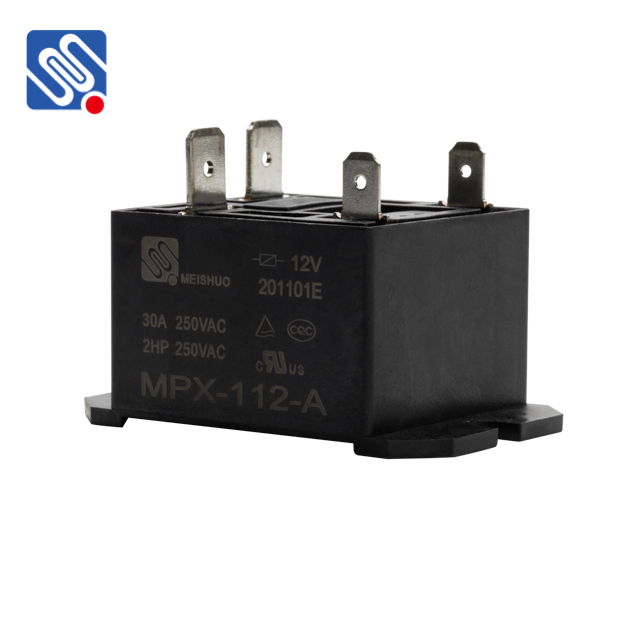Power relays are vital components in many modern electrical systems, acting as electronic switches that control high-voltage circuits using low-voltage signals. By enabling the safe and efficient operation of complex electrical systems, power relays contribute to various applications, from industrial machinery and home appliances to automotive and power generation systems. In this article, we will explore the working principles, types, and applications of power relays, emphasizing their importance in modern technology.

Working Principle of a Power Relay At its core, a power relay consists of an electromagnetic coil, a set of contacts, and a mechanical armature. When an electric current flows through the coil, it generates a magnetic field that pulls or pushes the armature, causing the contacts to either open or close. This action allows a small control signal to switch a much larger current in a high-voltage circuit. The key to the relay’s effectiveness is its ability to isolate the low-voltage control circuit from the high-voltage load circuit. By doing so, the relay offers protection to the sensitive control components while ensuring the safe operation of high-power equipment. Once the control signal is removed, the coil de-energizes, and the contacts return to their default positions, either open or closed, depending on the type of relay.